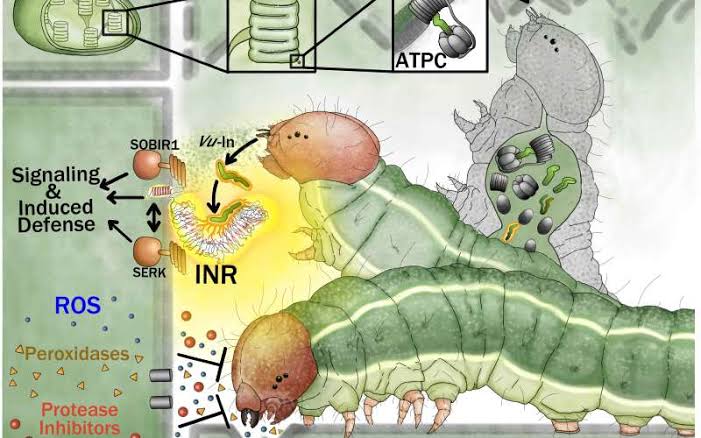Researchers Discover New Plant Defense Mechanism to Combat Pests Sustainability

By Abbas Nazil
In a major breakthrough for sustainable agriculture, researchers at Tokyo University of Science have identified new molecular interactions that could revolutionize plant pest control.
The discovery, led by Professor Gen-ichiro Arimura, focuses on natural plant defense responses triggered by substances secreted by spider mites, a major pest in global agriculture.
This finding offers a potential alternative to chemical pesticides, which, despite their effectiveness, pose significant environmental and health risks.
With farmers worldwide using nearly 4 million tonnes of chemical pesticides annually in a $60 billion industry, the long-term sustainability of such practices is under increasing scrutiny.
Pesticide resistance is a growing challenge, particularly with pests like the two-spotted spider mite (Tetranychus urticae), which can rapidly adapt and render chemical treatments ineffective.
These microscopic arachnids infest a wide range of crops and fruit trees, reproducing quickly and developing resistance at an alarming rate, leaving farmers searching for more sustainable pest control methods.
The research team focused on specific molecules called elicitors, which can activate a plant’s natural defense mechanisms.
In previous studies, Arimura’s team identified two such substances, Tet1 and Tet2, found in the salivary glands of T. urticae.
These compounds triggered defense responses in common beans and other commercially valuable crops.
In their latest study, the researchers expanded their investigation to 18 additional salivary gland proteins, leading to the identification of two more key molecules: Tet3 and Tet4.
Through genetic engineering and advanced biochemical techniques, the scientists discovered that Tet3 and Tet4 influence the reproduction of spider mites on plants.
Their expression levels varied depending on the host plant, with mites feeding on common beans exhibiting higher levels of these proteins compared to those on cucumbers, a less preferred host.
Plants exposed to mites with high Tet3 and Tet4 expression responded with increased calcium-ion influx, elevated production of reactive oxygen species, and enhanced activation of the PR1 defensive gene.
These findings highlight how different elicitors play distinct roles in plant defense, potentially offering new avenues for natural pest control.
The implications of this discovery extend beyond agriculture. Understanding how plants interact with pests at a molecular level contributes to broader knowledge of evolution, ecosystems, and biodiversity.
More practically, these elicitors could serve as biostimulants to enhance plant resistance, reducing reliance on chemical pesticides.
Arimura emphasized that such organic farming techniques are crucial as concerns over pesticide-related environmental damage grow.
Continued research in this area could lead to innovative, sustainable pest management strategies, improving global food security while minimizing ecological harm.
